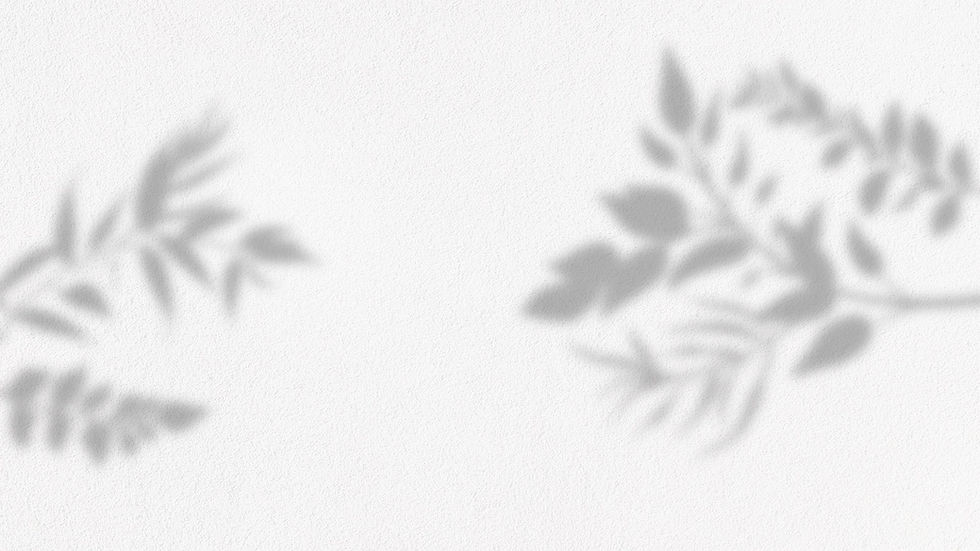A variety of guided meditations to support your own practice

PAUSE AND SENSE
To sense is to turn your attention to your somatic self and become aware of the sensations in your body. Sensing means to connect to the energy in your nervous system and experience the unique way it is vibrating. To sense is to actively notice physical sensations such as muscle tension, shallow breath, tingling in your legs, or butterflies in your stomach. It is to notice if your head feels heavy, if your shoulders want to collapse, if your face feels flushed, or if you have a lump in your throat.
PAUSE AND OBSERVE
To observe is to sit in awareness of your body sensations without judging them. It is to notice and accept what is happening in your body as it is happening, without pushing it away. Observing the energetic shifts in your body keeps you anchored in the here and now and awakens you to your felt sense experience.
PAUSE AND ARTICULATE
To articulate your sensations means to describe them. It is to put into words the experience of the felt sense you observe. For example, as you bring your attention to your body you might sense a lump in your throat. As you sit and observe the lump you may begin to feel that it has certain characteristics, such as a rough texture, a green hue, or a shape like an almond. Articulate these characteristics out loud as you observe them and see what happens next.
PAUSE AND REFLECT
To reflect is to sit in contemplation of your felt sense experience. It is to explore with curiosity the messages embedded in your sensations so you can begin to cultivate a deeper understanding of your anxiety. Learning about your felt sense experience becomes an important part of understanding the origins of your fear and how it contributes to your anxiety.
FIND YOUR BREATH
Breathwork is an essential component of anxiety relief. When your body is fearful and anxious, your breathing becomes shallow and rapid. Often there is tightness in your chest, making it difficult to inhale deeply. For the anxious person, constricted, shallow breathing can become a fixed breath pattern causing you to get stuck in a physiological state of anxiety. The way out of this cycle is to engage focused breathwork. This will help regulate your breathing and aid in bringing your body back into a state of calm.
FIND YOUR GROUND
Grounding is attuning to the feeling of contact between your feet and the ground. It closes the gap between you and the earth, inviting a sense of security and safety. With anxiety, we often feel “up in the air” or “ungrounded.” This is because anxiety brings us upward into our head and away from our body and its contact with the earth. Grounding re-anchors you in your physical body and reconnects you to all the sensibilities that reside there—those innate and often unconscious sensibilities that help you navigate life and living.
KNOW YOUR SPACE
Know Your Space is an orienting exercise. Orienting is the act of directing your attention to the space around you and noticing all its various attributes. All animals instinctively orient to their external environment to assess for safety, danger, or threat, and we are no exception. However, we often become so busy in our everyday life that we rarely stop to notice the space around us. Orienting to your surroundings and simply noticing, without judgment, the specific attributes of your environment naturally modulates the nervous system and brings you back into the here and now.
BEST FRIEND
Best Friend is a resourcing meditation. Resourcing is the practice of generating positive sensations of safety, strength, comfort, and optimism and then focusing on those sensations to calm your body. By consciously shifting your attention away from sensations of anxiety toward sensations of well-being, resourcing helps teach your nervous system to regulate stress. It also fosters resiliency, enabling you to better tolerate the feeling of being overwhelmed and to recover from adversity.
COMPASSION FOR THE CHILD WITHIN
This is an exercise created to help you challenge the negative core beliefs held in your body; beliefs that influence your perception of yourself and others. In doing so, it aids in softening the defenses that keep your heart fearful of receiving the love and compassion needed to heal the child part of you who carries the burden of your emotional pain and suffering.

“Most often, anxiety is not just the fear of something terrible happening in the world around you, but the fear of feeling something terrible in the world within you. Anxiety includes the fear of re-experiencing the same dreadful, overwhelming feelings you had during the original frightening experiences and being alone and powerless with that fear.”
STAY CONNECTED TO RECEIVE MEDITATIONS AND OTHER RESOURCES

